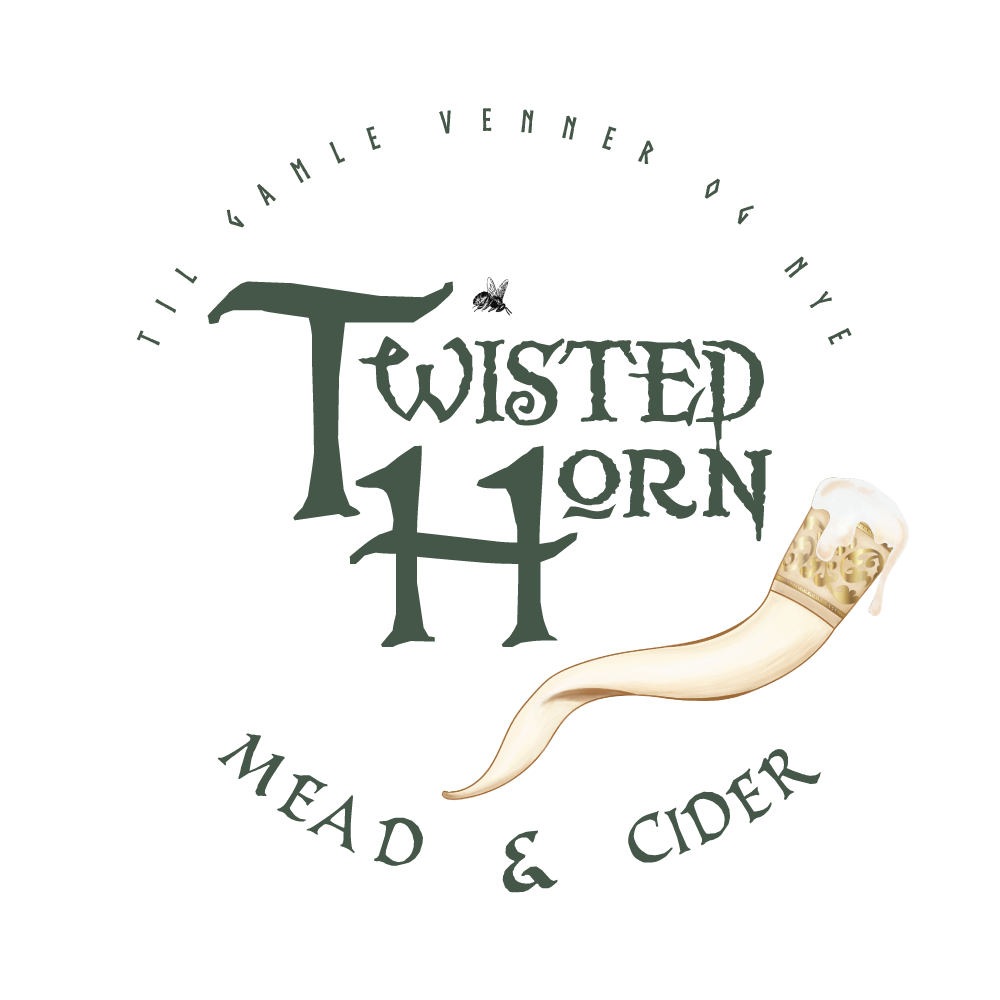Cider came with the early settlers
While we’ve seen a recent boom in hard cider production here in American (and wrote a pretty swell blog on it), there’s quite a bit of history behind how cider in America made its mark, and all the uses it had. From how cider was made, to traditional cider uses, and even where cider stands today, we’ll cover a lot of history below.
Rough Beginnings
The early settlers brought the tradition of cider making to America. Traditional cider is an English drink, born out of the inability to find clean drinking water and its ability to preserve fruit, and when the land was settled the first settlers brought the knowledge of cider making with them.
How is cider made now versus how was it made then? Besides no longer using archaic fermentation tools, there are no real differences!
How it was Made
In traditional cider making, apples were grown by grafting branches from existing apple trees. After harvest, many apples were pressed into cider and the rest were filled into barrels and kept for the winter to replenish the supply. Yeast was added to help with fermentation, which led it to it being an alcoholic drink rather than just a juice. The hard cider not only provided a versatile drink that was safer to drink than water, but the process of cider making would also provide another use that made farming and surviving in general easier.
When the colonists discovered how to ferment hard cider vinegar, they made apple cider vinegar, which then became a crucial component of colonial spices and preservation. This process of both making cider and apple cider vinegar allowed colonists to pickle fruits, vegetables, and also preserve the apples they had so their drinks and food would last through the harsh winters.
Through this process, the colonists were able to produce a tasty drink that remained fresh and useful, paving the way for hard cider to become the original American drinking water. Cider history has a long-standing reputation of being the original drink when beer importing was expensive, and water was unsafe to drink. At this time as well, the land wasn’t cultivated to be able to grow hops, making it impossible to produce their own beer. Plus, with its ability to then be used like vinegar, it became a traditional household drink. This is how cider in America rose to prominence and stayed there for quite some time.
Present Day
The lack of established apple orchards in North America meant that most apples were grown for cider production and usually cider production alone. The British settlers adapted many of their farming methods to the winter temperatures that were bone-cold during the long, snowy winters before the first frost. Many American apples are still used today for cooking and cider production. Today, traditional cider making has paved the way for modern cider making, which still includes apple orchards, but also has simplified the process. Now, not only is cider making easy, buy cider in America has taken on new flavors, spices, and uses outside of survival.
Now, most of our orchards are grown to produce a variety of apples for a variety of uses. We’ve also moved away from utilizing cider and vinegar in the same production, and separated them into not only different production plants but also into different camps altogether. Hard cider is now a drink of choice and apple cider vinegar is a cleaning product or typically used in health stores. While the use of yeast to ferment hasn’t changed, today we’re able to have apple orchards spread out across the country, giving us the ability to produce cider in America year-round.
Since the beginning, we have had a love of apples, cider, and hard cider. Being able to have something sweet to go with your meal or just as a treat has always been enjoyable, and the history behind cider in America is something that we can learn a lot from. Traditional cider is still prominent today, even if it’s gotten a facelift. We’ve also kept true to cider making, and optimized it to be more efficient and produce new flavors to keep cider lovers enjoying their drink of choice.

